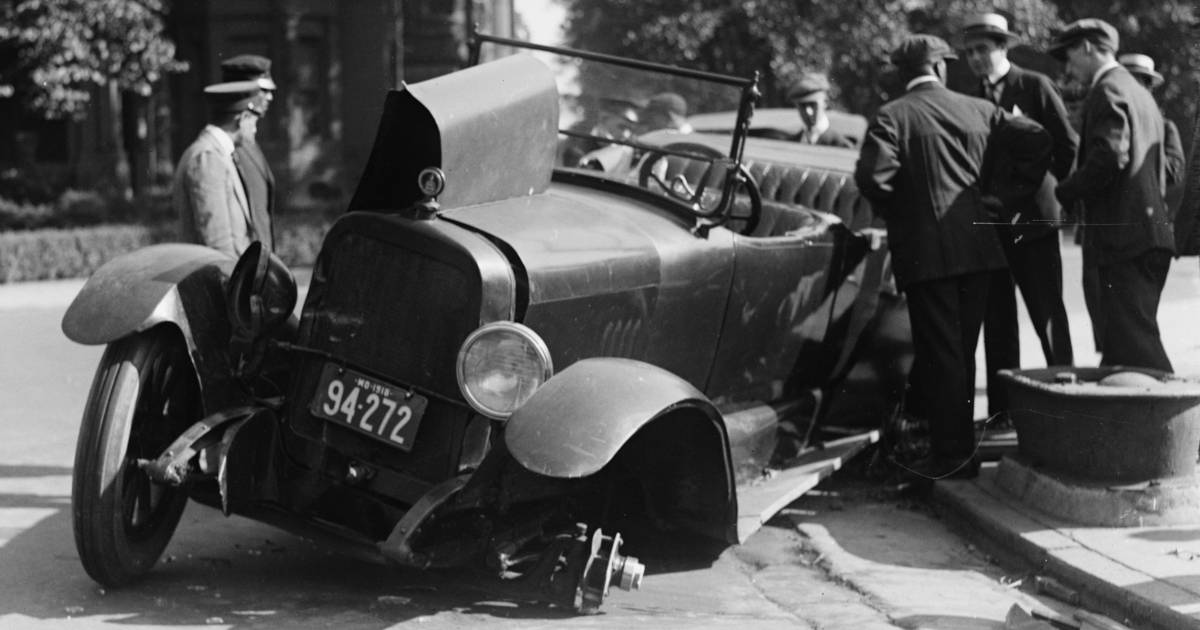SWITRS: Pedestrian Safety on Halloween

In my last post, I found that Halloween is the most dangerous day of the year for pedestrians, with a higher number of incidents than any other day, according to data from SWITRS. I also found that the risk of pedestrian incidents is higher during commute hours, regardless of the date. In this article, I will explore these patterns in more detail using the same SWITRS data, but with a focus on Halloween.
As per usual, the Jupyter notebook used to perform this analysis can be found here (rendered on Github).
Data Selection
I selected crashes involving pedestrians from the SQLite database with the following query:
SELECT collision_date,
collision_time,
pedestrian_killed_count
FROM collisions
WHERE Collision_Date IS NOT NULL
AND pedestrian_Collision = 1 -- Involves a pedestrian
AND collision_date <= '2020-12-31' -- 2021 is incomplete
-- and it happens on Haloween
AND strftime('%m-%d', Collision_Date) = '10-31'
This gave me 1168 data points, of which 64 involve a pedestrian fatality, spanning the years 2001 through 2020. Incidents after 2020 are rejected because the database dump comes from mid-2021, and so that year is incomplete.
Incidents Per Hour
Alissa Walker wrote1 that it is not just drivers that make Halloween deadly, it is commuters. The best way to explore this point is to look at when in the day crashes happen:
As we saw in the data for all dates, weekdays have two major peaks in collisions during the morning and evening commutes, as well as a peak during school pickup times. Examining the data for Halloween specifically, we see that when it falls on a weekday the three expected peaks (morning and evening commutes, and school pick-up) are present, but there is also a fourth peak at 18:00, likely due to a combination of darkness making it difficult for drivers to see pedestrians and trick-or-treating bringing more people out walking. This data supports Walker’s observation that commuter traffic contributes significantly to the number of pedestrian incidents.
Fatality Rates
But Walker makes a very specific claim: that fatalities involving children increase on weekday Halloweens. Does the data support this claim? To find out, we need to look at the fatality rate instead of the total number of fatalities because the number of people driving and walking changes year-by-year and using the rate helps to normalize some of this variation. Below is a plot of the fatality rates for each year’s Halloween, separated into weekday and weekend:
The data above includes all pedestrian fatalities, not just those involving children. At first glance, the distributions for weekday and weekend Halloween fatalities appear similar. A Mann–Whitney U test confirms this, with a p-value of 0.93, indicating that the difference between the two is not statistically significant.
But what about children alone (defined as pedestrians under 18)? Here is that data:
One interesting observation is that no children have been killed by cars on weekend Halloweens, whereas about half of the weekdays have seen at least one child death. This suggests that there is something about weekday Halloweens that makes them particularly dangerous for children, consistent with Walker’s claim.
Despite this, the data does not show a significant difference between the two distributions, with a p-value of 0.08. However, this lower p-value as compared to the all-ages data does indicate some evidence for the specific claim about child deaths.
-
But when the commuting drivers are removed from the equation, deaths seem to go down. A study by AutoInsurance.org used FARS data to compare 24 years of crash data by days of the week. Halloweens that fell on workdays had an 83 percent increase in deadly crashes involving kids compared to weekend days. The worst day? Friday. Since 1994, the three deadliest Halloween nights for kids have all been Friday nights.
Walker, Alissa. “The most terrifying part of Halloween for kids is our deadly streets” Curbed. Vox Media. October 25, 2019. ↩